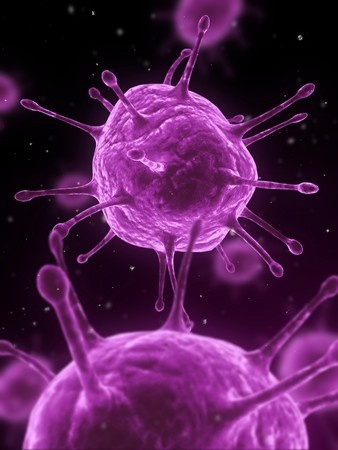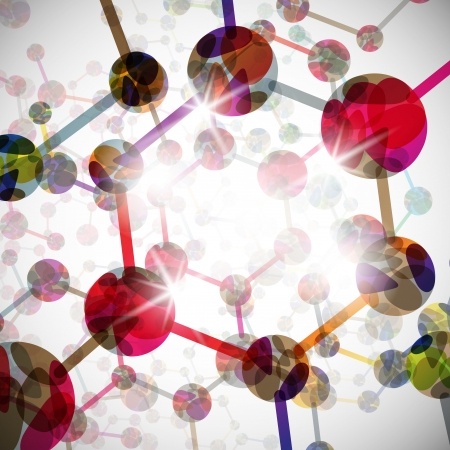Microplastic pollution, the northern lights, powered alcohol issues, and 3D printing – just the eager science minds want to hear about. This eclectic collection of current science news stories is brought to you by STAOBlog.
SciNews is published every Monday and Thursday. Stay tuned for more.
 Biology
Biology
Corals dine on microplastics. Science News for Students
Plastic trash is washing off of land and into the seas. And that pollution may be harming some of the ocean’s most important habitats: coral reefs. That’s the conclusion of a new Australian study. Coral reefs are the most biologically diverse habitats in the ocean. Their nooks and crannies provide shelter for thousands of species of animals, both big and small. That huge variety of reef organisms also provides food for a wide range of other critters. If the corals die, though, lots of those other species will have trouble surviving. The new study raises concerns about the survival of some coral species — and the complex ecosystems that depend on them. Read more…
Chemistry

What Causes the Aurora Borealis Colors? About Chemistry
The aurora is the name given to the bands of colored lights seen in the sky at the higher latitudes. The aurora borealis or Northern Lights are seen mainly near the Arctic Circle. The aurora australis or Southern Lights are seen in the southern hemisphere. The light you see comes from photons released by oxygen and nitrogen in the upper atmosphere. Read more…
Powdered Alcohol Now Legal in U.S. Scientific American
A powdered form of alcohol called Palcohol is now approved for sale in the United States, but how safe is this product? Some health experts say they are concerned that powered alcohol could be abused by minors, or could be more easily more easily hidden and consumed in places where people are not allowed to have alcohol. But others argue that there is no reason the drug would be more hazardous than liquid alcohol. Read more…
Physics
The Many Ethical Implications of Emerging Technologies. Scientific American.
In the past four decades technology has fundamentally altered our lives: from the way we work to how we communicate to how we fight wars. These technologies have not been without controversy, and many have sparked intense debates that are often polarized or embroiled in scientific ambiguities or dishonest demagoguery. Read more…
New method leaves older ways of 3-D printing in its goopy wake. Science News
Researchers have created a versatile method for producing three-dimensional objects from a puddle of goo in mere minutes — faster than current 3-D printers by orders of magnitude.
The technique, reported online March 16 in Science, manipulates a liquid resin, ultraviolet light and oxygen to create objects with precision down to less than a tenth of a millimeter. It could be used to manufacture products such as engine parts and medical devices. Read more…
Earth and Space Science
Planets in the habitable zone around most stars, researchers calculate. Science Daily
Astronomers have discovered thousands of exoplanets using the Kepler satellite. By analyzing these planetary systems, researchers have calculated the probability for the number of stars that might have planets in the habitable zone. The calculations show that billions of stars in the Milky Way will have one to three planets in the habitable zone, where there is the potential for liquid water and where life could exist. Read more…
Jupiter’s Moon Ganymede Has a Salty Ocean with More Water Than Earth. Scientific American.
A salty ocean is lurking beneath the surface of Jupiter’s largest moon, Ganymede, scientists using the Hubble Space Telescope have found.
The ocean on Ganymede—which is buried under a thick crust of ice—could actually harbor more water than all of Earth’s surface water combined, according to NASA officials. Scientists think the ocean is about 60 miles (100 kilometers) thick, 10 times the depth of Earth’s oceans, NASA added. The new Hubble Space Telescope finding could also help scientists learn more about the plethora of potentially watery worlds that exist in the solar system and beyond. Read more…



